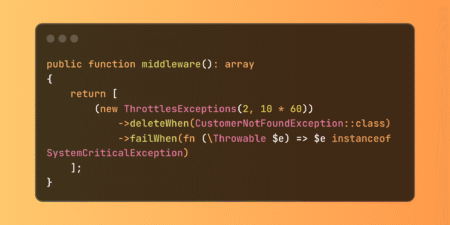
In a bold pivot toward modern warfare, the UK Ministry of Defence (MOD) has announced a £1 Billion (approximately $1.35B) investment to build out a battlefield AI system dubbed the “Digital Targeting Web” and to stand up a dedicated Cyber and Electromagnetic Command.
The initiative—announced Thursday by Defence Secretary John Healey—marks a significant inflection point in the UK’s defense posture, aimed squarely at matching the digital tempo of modern conflict.
The new capabilities are core deliverables under the UK’s Strategic Defence Review (SDR), which lays out a ten-year transformation plan for British defense. The timing, optics, and scope send a clear message: warfare is evolving fast, and the UK intends to lead from the front.
From Corsham to Combat: Connecting the Kill Chain
The Digital Targeting Web is, in essence, a battlefield operating system. It’s designed to accelerate how UK forces identify, coordinate, and engage threats—linking sensors, platforms, and weapons across land, air, sea, and cyberspace into a single responsive network. Think real-time target handoffs between a satellite, an F-35, a drone, and a cyber operator—all in seconds, not minutes, the MOD explained.
This is likely the blueprint for how modern battles will be fought and won, Healey called out during a visit to MOD Corsham, the UK military’s cyber headquarters.
According to the MOD, the system will bring together AI, advanced sensors, space-based ISR (intelligence, surveillance, reconnaissance), and cyber capabilities to enable rapid kill-chain execution. In layman’s terms: detect a threat, decide on action, and destroy it—faster than the enemy can blink.
The new system draws directly from lessons learned in Ukraine, where the Ukrainian military’s ability to find, fix, and finish Russian targets rapidly turned the tide in early 2022. British military planners see similar tempo and scale as essential to deterring or defeating threats in the future.
Cyber Warfare Goes Operational
Alongside the battlefield system, the UK is establishing a Cyber and Electromagnetic Command (CyberEM Command)—tasked with both defending MOD networks and leading offensive cyber ops in collaboration with the UK’s National Cyber Force.
It comes at a time when UK defense systems are under near-constant digital siege. The MOD reported over 90,000 “sub-threshold” cyber intrusions over the past two years—malicious probes that fall just short of triggering a formal response but collectively represent a growing threat landscape.
This new command will centralize capabilities across the armed services to degrade enemy command-and-control, jam enemy drones and communications, and conduct electromagnetic warfare with precision.
It also answers a longer-standing challenge within NATO—how to give cyber and electronic warfare the same tactical footing as tanks or jets. With the creation of this command, the UK joins countries like the U.S. and Estonia in treating cyber as a core warfighting domain.
Recruiting a Cyber Force, Not Just a Cyber Team
To power this new digital-first force, the MOD is doubling down on cyber talent. A new Cyber Direct Entry program will offer recruits tailored training and rapid placement into operational cyber roles—with salaries starting over £40,000 and potential for £25,000 in additional pay.
It’s a clear departure from traditional defense recruiting. Candidates won’t need to carry a rifle or serve in hostile environments. Instead, they’ll be dropped into cyber roles by late 2025, handling missions that matter just as much as physical deployments.
It’s also a bet that the best digital talent in the UK is out there—and willing to serve—if offered the right path.
The Larger Picture
The announcement comes as the UK commits to increasing defense spending to 2.5% of GDP, signaling renewed political will to modernize forces in the face of rising global threats—from Russia’s ongoing aggression to the strategic pressure points in the Indo-Pacific.
Also read: UK Ministry of Defence Suffers Major Data Breach, China’s Involvement Suspected
But it’s not just about money or tech. The SDR and this week’s launch of the Cyber Command and Targeting Web reflect a fundamental rethinking of how Britain fights—and what kind of force it needs for the 2030s and beyond.
“The hard-fought lessons from Putin’s illegal war in Ukraine leave us under no illusions that future conflicts will be won through forces that are better connected, better equipped and innovating faster than their adversaries,” Healey said. “We will give our Armed Forces the ability to act at speeds never seen before – connecting ships, aircraft, tanks and operators so they can share vital information instantly and strike further and faster.”
The UK is betting that its next battlefield advantage won’t just come from firepower—but from firmware.
Source: Read More


